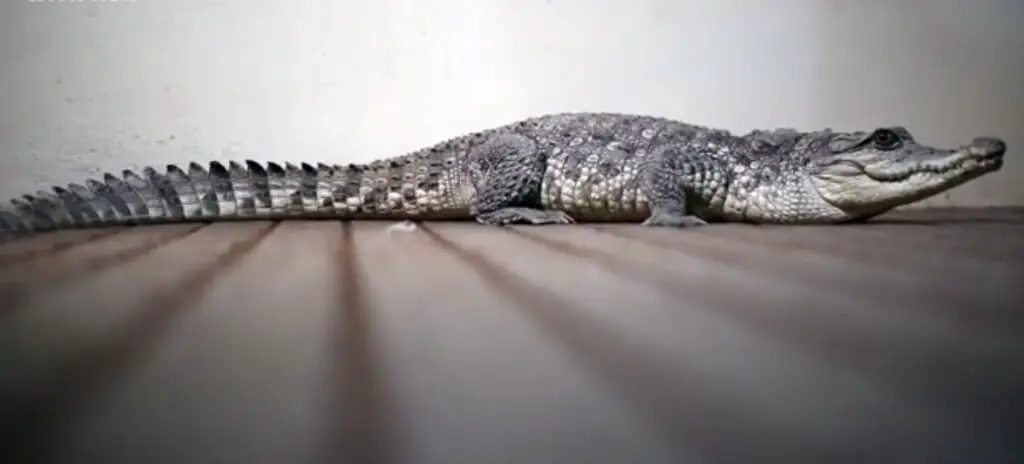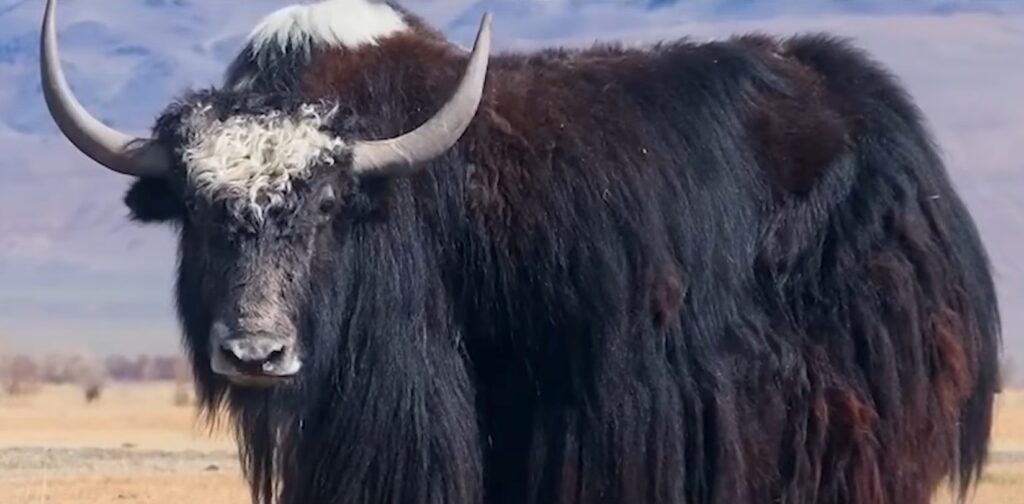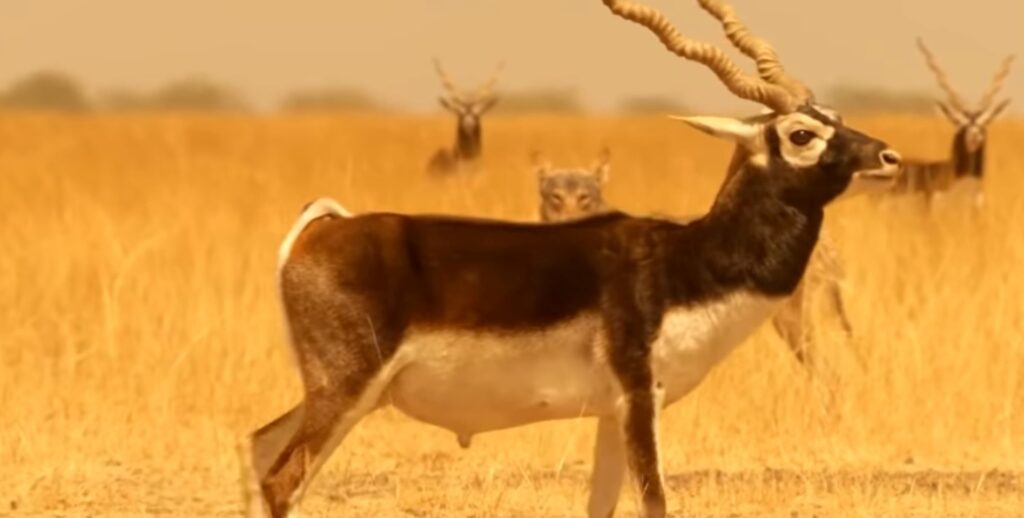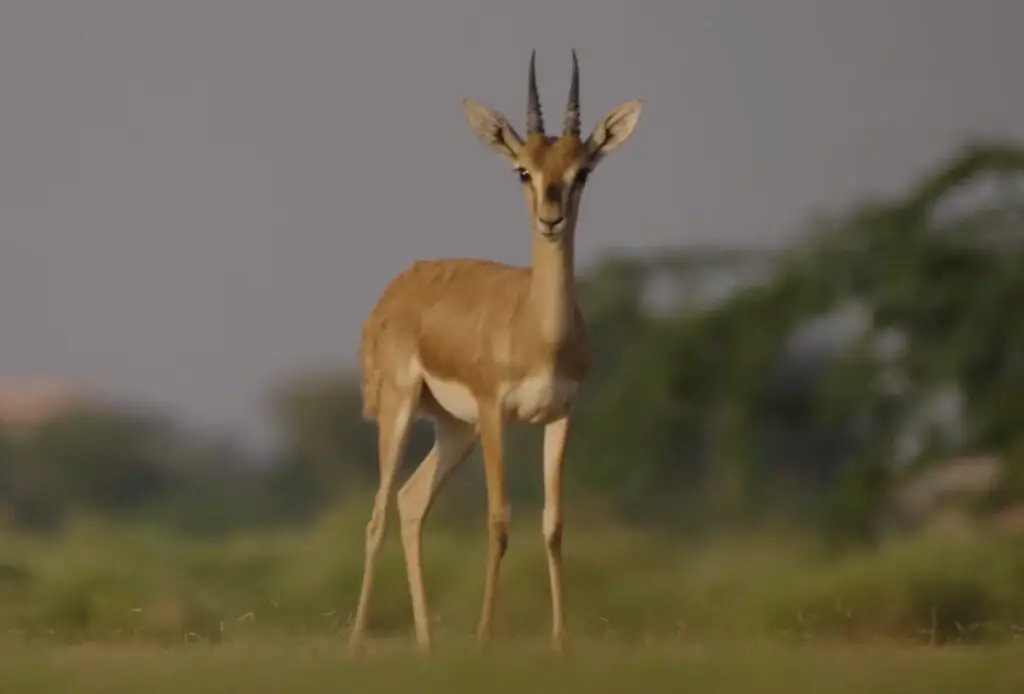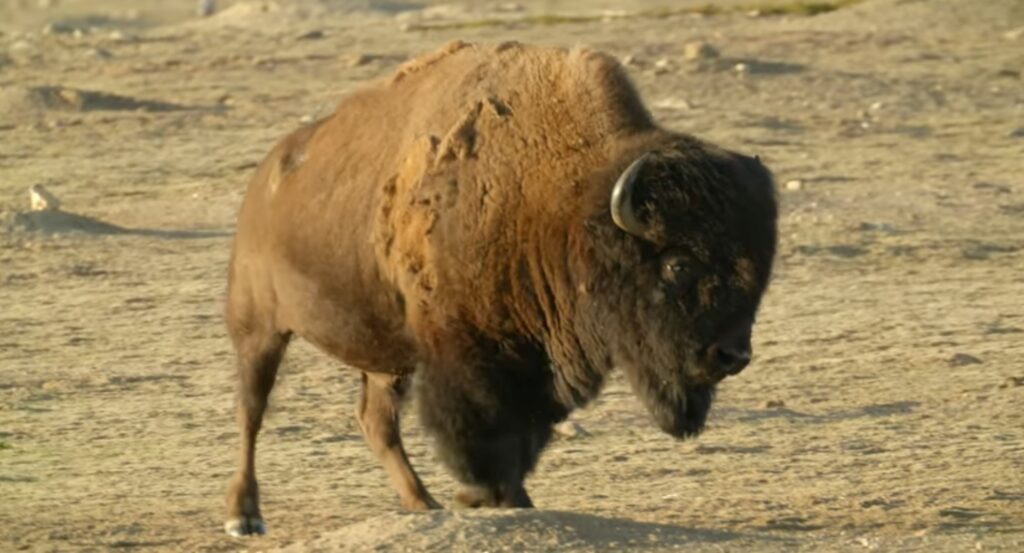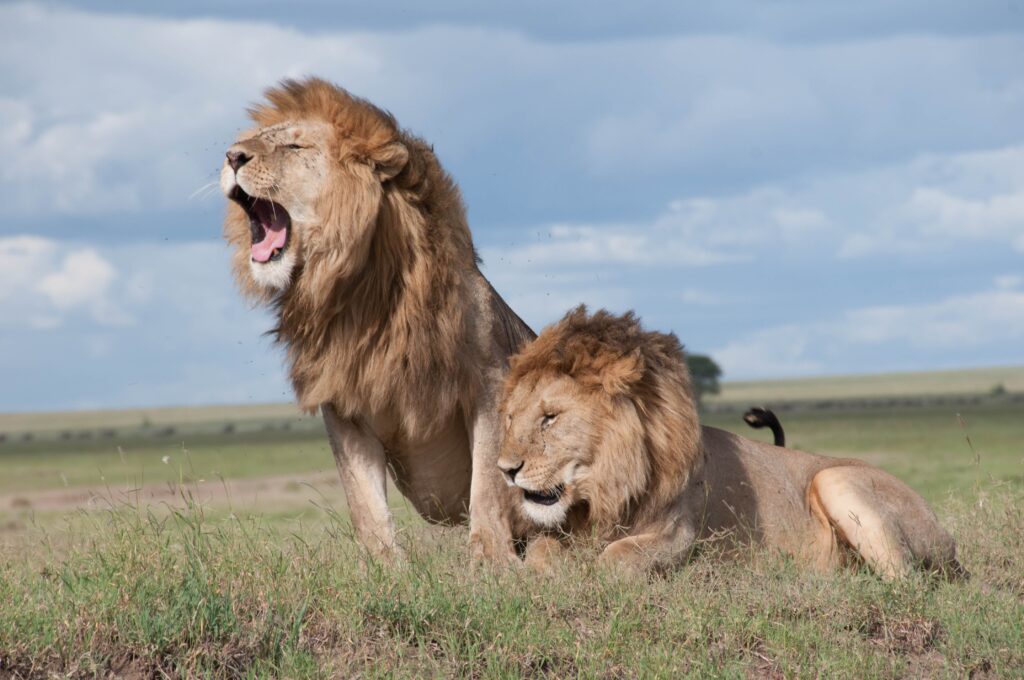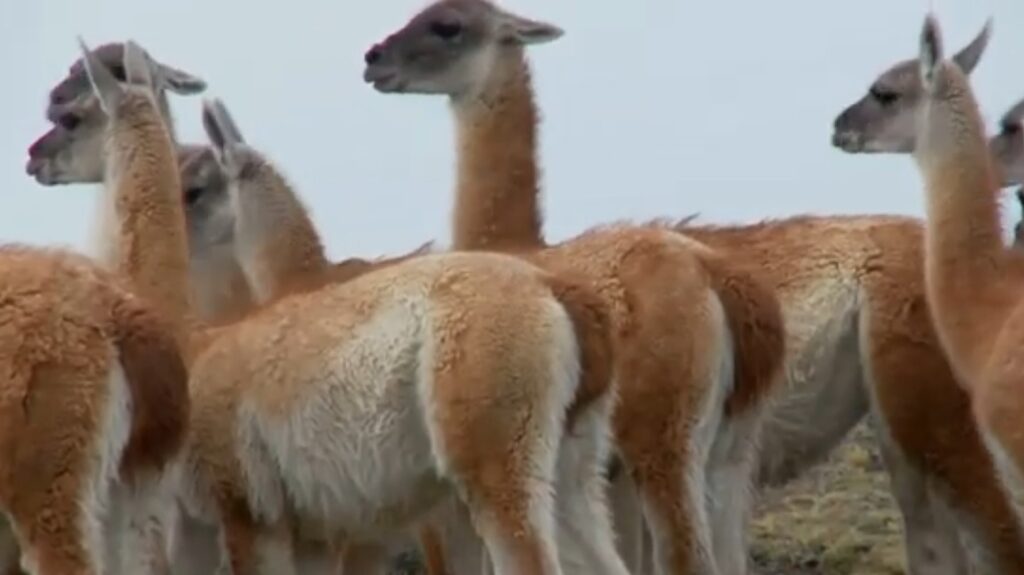The mugger crocodile, also known as the marsh crocodile or the Subcontinent crocodile, is a species of crocodilian that is found throughout South Asia, including Pakistan. In this article, we will take a closer look at the mugger crocodile in Pakistan, including its habitat, behavior, and conservation status.
Habitat and Range
The mugger crocodile is found in a variety of aquatic habitats in Pakistan, including rivers, lakes, marshes, and ponds. They are most commonly found in the Indus River and its tributaries, as well as in the wetlands of Sindh and Punjab provinces. These crocodiles are also found in the coastal areas of Pakistan, particularly in the mangrove forests of the Indus Delta.
Behavior and Diet of Mugger Crocodile
Mugger crocodiles are ambush predators that typically hunt at night. They are opportunistic feeders and will eat a variety of prey, including fish, birds, mammals, and reptiles. In Pakistan, their diet primarily consists of fish and small mammals, such as rodents and monkeys.
They are social animals that form hierarchies based on size and dominance. Males are territorial and will defend their territory from other males. They are also known to engage in intraspecific aggression, particularly during the breeding season.
Conservation Status
The mugger crocodile is classified as vulnerable by the International Union for Conservation of Nature (IUCN). While they are still relatively abundant in Pakistan, their population has declined due to habitat loss, hunting, and human-wildlife conflict.
In recent years, conservation efforts have been undertaken to protect the crocodile in Pakistan. The Sindh Wildlife Department has established several crocodile sanctuaries, including the Chotiari Reservoir Crocodile Sanctuary and the Nara Canal Crocodile Sanctuary. These sanctuaries provide protected habitats for crocodiles and other wildlife and also serve as tourist attractions.
In conclusion, the mugger crocodile is an important part of Pakistan’s biodiversity and plays a vital role in the country’s aquatic ecosystems. While their population has declined in recent years, efforts are being made to protect them and their habitats, ensuring that they continue to thrive in Pakistan’s rivers, wetlands, and coastal areas.

